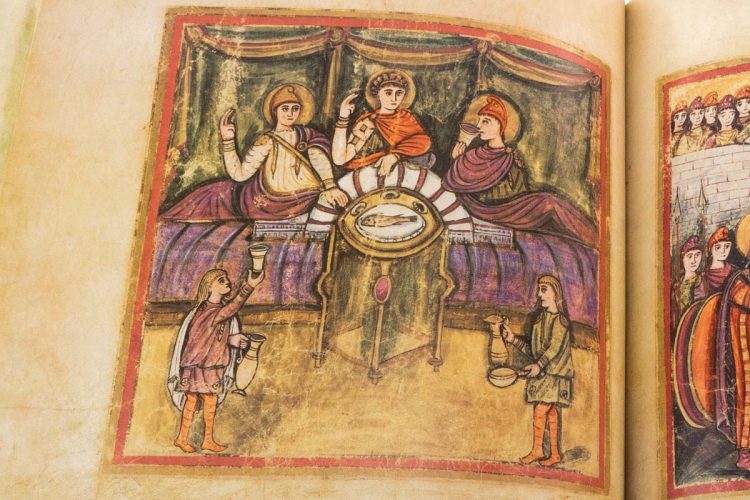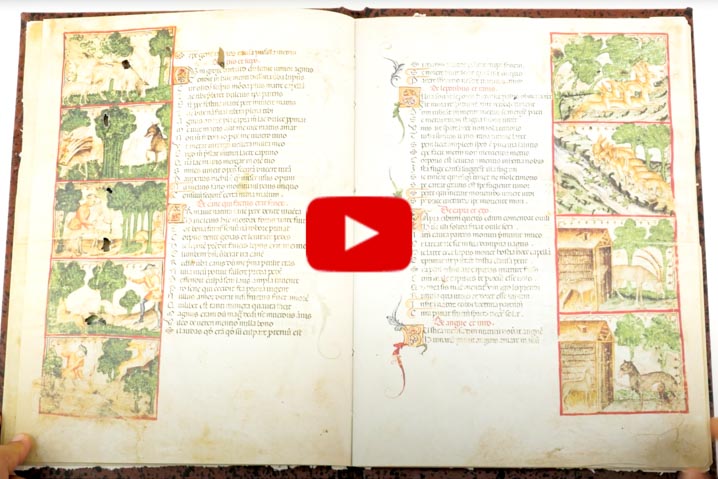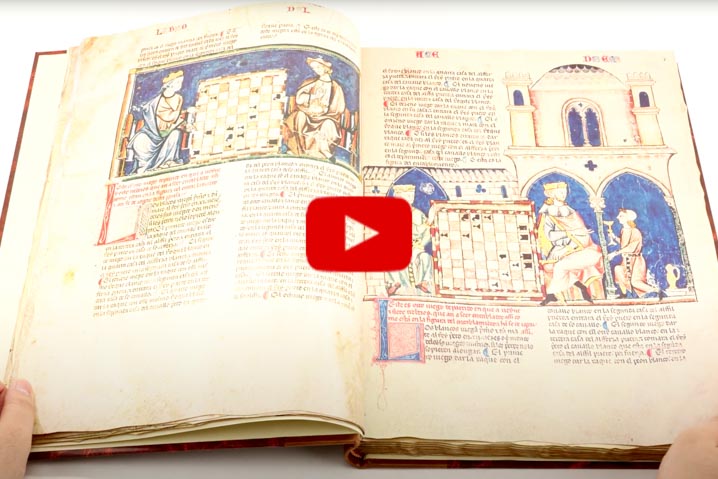If you’re curious to witness the transition from scroll to book, or to find out which features of Medieval illumination were already used in Late Antiquity, you shouldn’t miss the Vergilius Romanus.

The Vergilius Romanus is one of the most exquisite and significant Late Antique manuscripts from the Mediterranean area. The codex, also known as Virgilio Romano, was written and illuminated around the 5th century and features 19 splendidly depicted miniatures, most of them full-page.
Vergil and His Works
Written in Latin, this codex contains — as its title suggests — the literary works of Vergilius Publius Maro, namely the pastoral verses of the Eclogues, the didactic poem of the Georgics and the famously known verse epic Aeneid.
Although the miniatures that survived time are only 19 out of 42, they are still great evidence of the pictorial art of the time. Most of them are full-page and depict illustrations of Vergil’s works.
Vergilius Vaticanus’ Iconography: Lack of Perspective
It is worth noticing that the images of the Vergilius Romanus, as opposed to the Vergilius Vaticanus — produced about a century earlier — take no interest in the concept of perspective or atmospheric rendering.
Instead, the figures, objects, animals, and plants inhabiting the illustrations are scattered across the scene, almost like on a tapestry.
The variety of colors is not wide although intense, with white and black used to contour. Anatomical figures are concealed by the miniaturists (very possibly more than one) by placing focus and emphasis on the textiles.
An example of this is the miniature representing Dido and Aeneas (fol. 100v) taking part in a banquet (image below). The composition — very symmetric and with a tripartite arrangement — shows how the artist avoids tackling the issue of anatomical representation, focusing on the representation of robes and ornaments.

The iconography of the manuscript is certainly somewhat crude and basic, perhaps as a reaction to the sophisticated Byzantine culture that was making its way across the Roman Empire and that marks the end of the late classical era and the beginning of the early Middle Ages.
A Long Journey: From the Mediterranean, to Paris, to the Vatican
The commissioner of the work remains unknown, however, it seems certain that in the 12th century the manuscript was in the custody of the monastery of Saint Denis, Paris.
About a century after, the Vergilius Romanus must have been presented to Pope Sixtus IV (1471-184), which fits with the earliest record of the codex in the Vatican inventory, dated to 1475.
The Vergilius Romanus features an exquisite example of rustic capitals, typical of the script are a lack of contractions and punctuation marks. This script was usually used for deluxe copies of pagan authors, with Virgil being the most reproduced author (in Capitalis Rustica).



NEW WEEKLY VIDEOS
Find our more about Aesop’s Fables (Bologna, Biblioteca Universitaria di Bologna) on our website!
Find our more about the Alfonso X The Wise’s Book of Chess, Dice and Board Games (San Lorenzo de El Escorial, Real Biblioteca del Monasterio de El Escorial) on our website!








